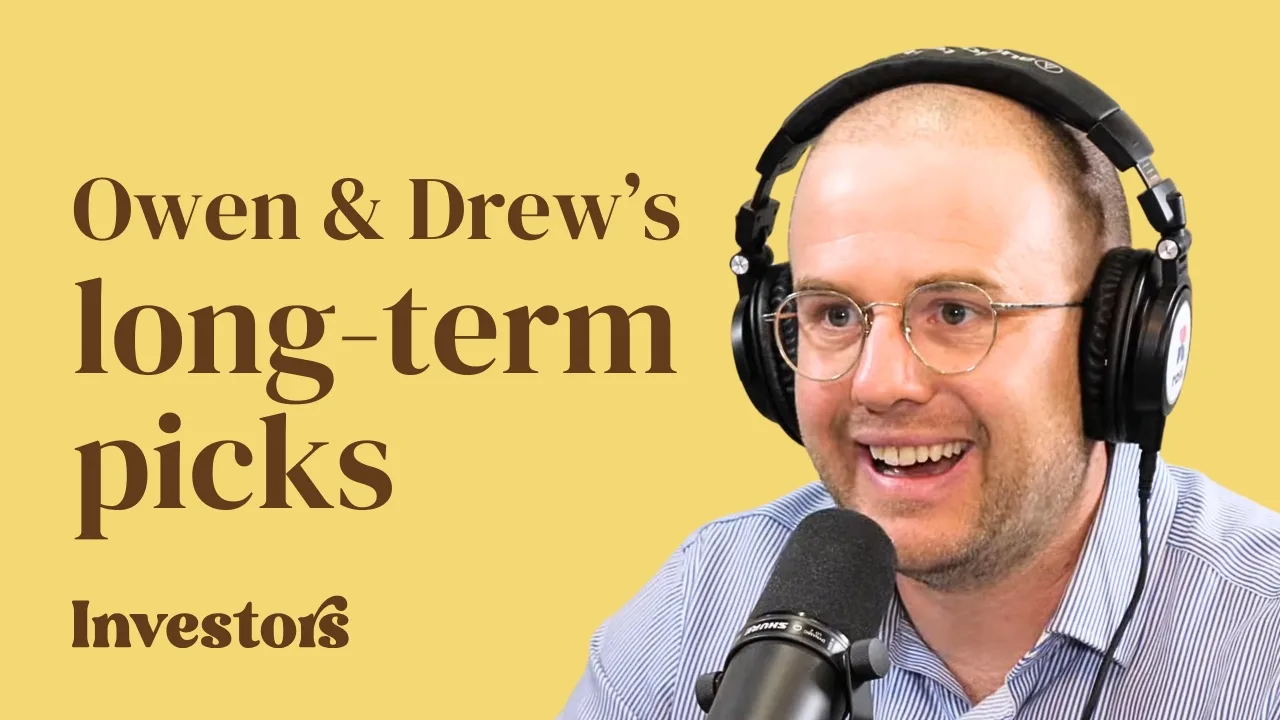Q: I’ve been putting it off but finally looking to sort out my insurance. How much should I have?
Kyle’s answer:
There are four main insurances that are available to protect you and your family should something happen to your health. These are:
- Life/death insurance
- Total & Permanent Disability (TPD) insurance
- Income protection/salary continuance insurance
- Trauma/critical illness cover
These insurances often interact with each other and may or may not be appropriate to your situation.
Life insurance
Life insurance will pay a lump sum amount to your family if you pass away or become terminally ill.
There are several different philosophies on how to calculate the appropriate cover so if you speak to your super fund or a financial adviser they could help you out. Have a think about the kind of expenses that would be applicable to your dependants should you pass away. Some ideas are:
+ debts like mortgages (excluding HECs)
+ funeral costs
+ future living expenses of dependants (present value)
+ future education expenses of children (present value)
+ legacy or other one-off expenses e.g. home deposits for children
– continuing income after tax (present value) e.g. spouse continues to work
– financial assets
As these costs mainly relate to children or dependants, if you don’t have any dependants it’s likely life insurance isn’t required.
Life insurance is tax deductible within Super so I think it’s often most appropriate to hold personal cover within your super.
Total & Permanent Disability (TPD) insurance
TPD insurance will pay a lump sum amount to you if you’re unable/unlikely to ever again work in “any occupation” or your “own occupation”. These are two definitions that are available, and I won’t go into much detail today but basically “own occupation” is better as a claim is more likely although it is around 50% more expensive and isn’t available within super.
Again, there are different philosophies however some of the expenses that may be applicable should you become Total & Permanently Disabled are:
+ debts (including HECs)
+ initial medical costs / home alterations / car
+ future living expenses (present value)
+ future medical/rehabilitation expenses
+ future education expenses (present value)
– continuing income after tax (present value) e.g. spouse continues to work, income protection
– financial assets
+ tax that is payable if held within superannuation
Both calculations require a “present value” calculation which is tricky. One way to help calculate this could be to go here and add the annual amount as the payment, use 4% as a guide for the interest rate and work out how long you think that expense/income will last. If you expect the income/expenses to vary over time, it could be worth getting help or if you geek out on Excel, go for it!
For TPD, there is also a complex calculation to determine the amount of tax that is payable should you withdraw your insurance proceeds. This calculator here could help.
TPD can be held “stand alone” or “linked” where “stand alone” means a claim on your TPD doesn’t reduce your life insurance amount whereas “linked” cover reduces your life insurance amount if you successfully claim. Linked cover is cheaper and is often most appropriate as you’re often covering against the same things.
TPD is tax deductible within super so it may be appropriate to structure within super however it’s not as cut-and-dry as life insurance due to a possible tax on the withdrawal.
Income protection insurance
Income protection covers you and your family should you be unable to work by providing an income stream of generally 75% of your gross income (+ super contributions). As it is often based on your own occupation and your health situation at present, it’s easier to claim than TPD insurance. Here are three terms you need to know:
Waiting period – your income protection payments will start at the end of the waiting period. Waiting periods can be as low as 14 days or as long as 2 years. The longer the waiting period, the cheaper the premium. The main question to ask when determining the waiting period is “how long can you survive if your income was to stop tomorrow?”. Factors that generally affect this is leave and emergency savings.
Benefit period – payments will stop once your health returns, enabling you to go back to work or at the end of the benefit period. Benefit periods generally are 2 or 5 years or until an age e.g. 65 or 70. The longer the benefit period, the more expensive the premium. Generally, this should be aligned to your retirement age or as close as possible.
“Indemnity” or “Agreed value” – indemnity value pays the lower of your insured amount or the best annual income in the last 12/36 months (depending on the definition). Agreed value pays the insured amount regardless of your recent income. As such agreed value is more expensive. Indemnity value is fine in most situations however if your income fluctuates (e.g. self-employed) agreed value is likely the better option.
Income protection is tax deductible both inside and outside of super and claims are both taxable, as such from a tax point of view I think there’s no difference where it is held except in situations where you are a high-income earner (and have to pay 15% additional Div 293 tax in Super) or you’re already maximising your concessional contributions.
In a perfect world, I think income protection should always be held outside of Superannuation as definitions tend to be better, however, cash-flow might not always allow this.
Trauma
Finally, Trauma/critical illness covers you and your family should you be diagnosed with a specific illness (e.g. cancer, heart attack or stroke) by paying a lump sum amount. Child cover is also available.
Calculating what the insured amount is quite personalised. One example could be:
+ 2 years living expenses (including mortgage) or income (after tax)
+ out-of-pocket health care/medical costs
You can do “linked” (cheaper) or “stand alone” to life (like TPD) however as these costs are generally separate, “stand alone” is generally most appropriate. Trauma can no longer be purchased inside Super.
Takeaway
Life insurance isn’t cheap and over or underinsurance can potentially be costly so if you’re still not sure of what’s best for you after reading my essay (I promise I tried to keep it short!), have a chat to your super fund or an independent financial adviser.
 Kyle Frost is an independent financial adviser at Millennial Independent Advice where he helps people in their 20’s and 30’s make smart decisions with their money. Click here to subscribe to his updates.
Kyle Frost is an independent financial adviser at Millennial Independent Advice where he helps people in their 20’s and 30’s make smart decisions with their money. Click here to subscribe to his updates.








